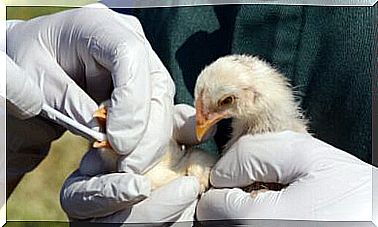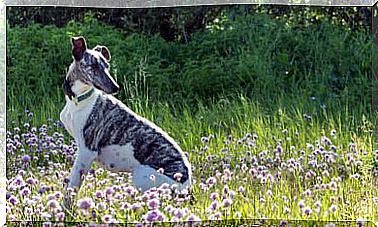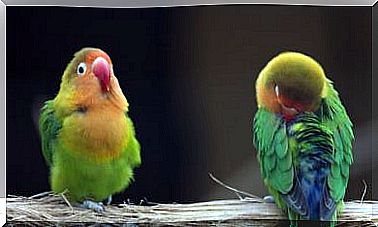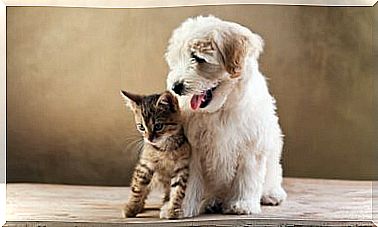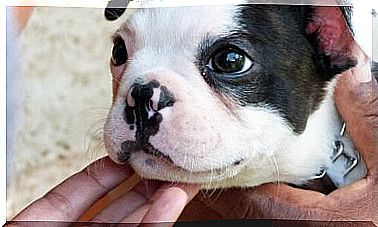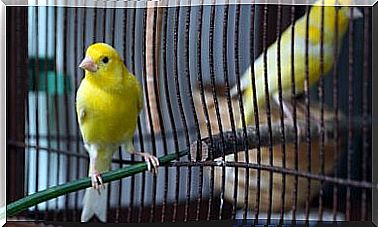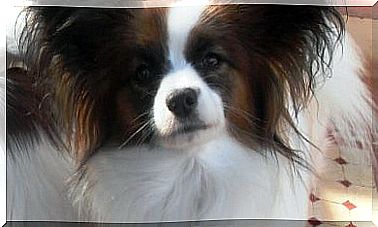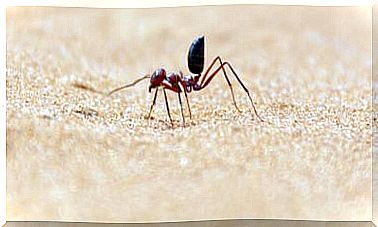5 Birds That Form Colonies

Only 10% of this large family meets in groups of up to hundreds of individuals, sometimes in quite confined spaces. In the following article we will tell you about some birds that form colonies.
What are the birds that form colonies?
Mainly it is the seabirds that choose to group in this way. This habit has several advantages, since for example it is more difficult for predators to attack a certain number of animals than a bird or pair that nests alone.
In addition, the birds that form colonies are able to find better food sources : they follow those specimens that have found a ‘feast’ and can be supplied for several days.
Of course, this type of nesting also has its cons, since for example there is greater competition for space – which is not usually very extensive – and an increase in certain contagious diseases: mites and parasites mainly. Examples of birds that form colonies include:
1. Flamingos
They are known for their pink color, elongated legs, and head movements that resemble dance choreography. Flamingos – the photo that opens this article – need large areas of water but with little depth.
They spend several hours a day looking for food, mainly algae and crustaceans through a very interesting system in their beaks: they separate the mud from the food. Flamingos can form colonies of dozens of specimens and remain together while they inspect the bottom of the lagoon, river or lake where they live.
2. Terns
They are other birds that form colonies, direct relatives of seagulls. Terns inhabit the tropical coasts of Africa, Asia, and Oceania. They gather in large groups outside the breeding season, since at that time they only remain in pairs and with their chicks.
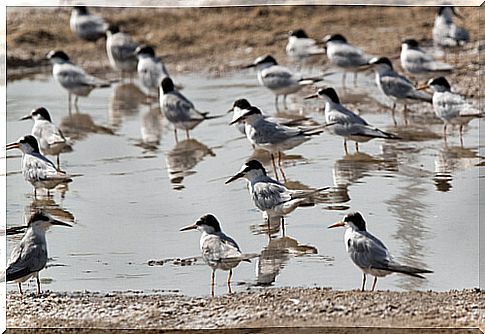
The size of the ‘families’ for the rest of the year will depend on the abundance of fish, their main source of food. The largest colony of terns recorded so far is located in the north of Australia … where about 15,000 specimens are gathered!
3. Seagulls
Larids – better known as gulls – are a family of medium to large birds with white, black and gray plumage, and reddish legs and beaks. They feed on anything they find: insects, vegetables, carrion, marine animals, pigeons, eggs, small birds, etc. They are very voracious animals!

They mainly inhabit the coasts, either near human populations or far from contact with people. It is a very intelligent bird that has a complex and developed communication system. They nest in quite populated colonies and each pair cares for their eggs separately.
4. Weavers
This is another of the birds that form colonies, but that are not marine. Weavers live mostly in Africa, although certain subspecies can also be found in Southeast Asia and Australia. They feed on seeds and owe their name to the fact that they build their nests interwoven with different materials.
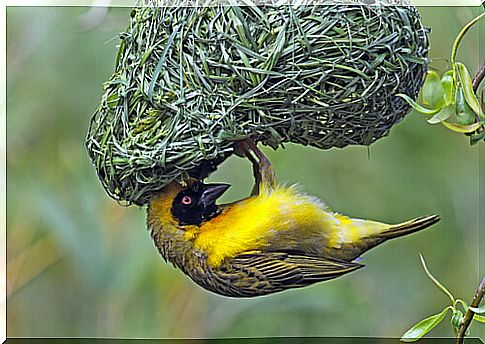
Most weavers have their ‘homes’ side by side, among the branches of the trees. In a single tree you can see … Up to 300 nests! They choose sites near fresh water sources and in some cases it is the male in charge of the task of erecting the house, to show the female how capable of forming a family she is.
5. Penguins
Finally, in this list of birds that form colonies, we cannot leave out these beautiful animals that, although they have wings, cannot fly (but they can swim very well). Penguins live in the southern hemisphere and most subspecies in cold areas like Antarctica.

The largest penguin colonies can have hundreds of specimens, which in turn make large migrations on foot after the breeding season. For example, the male emperor penguin hatches the egg while walking at a very slow pace, along with the other parents. Between them – and with the females – they communicate through squawks.
